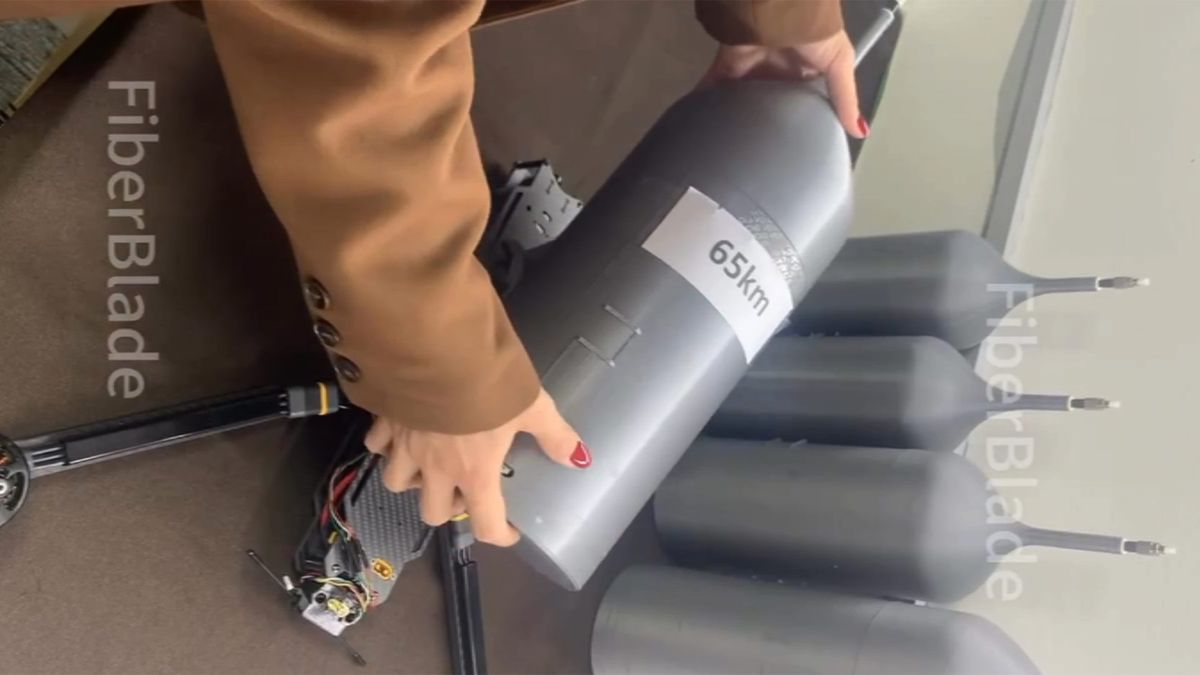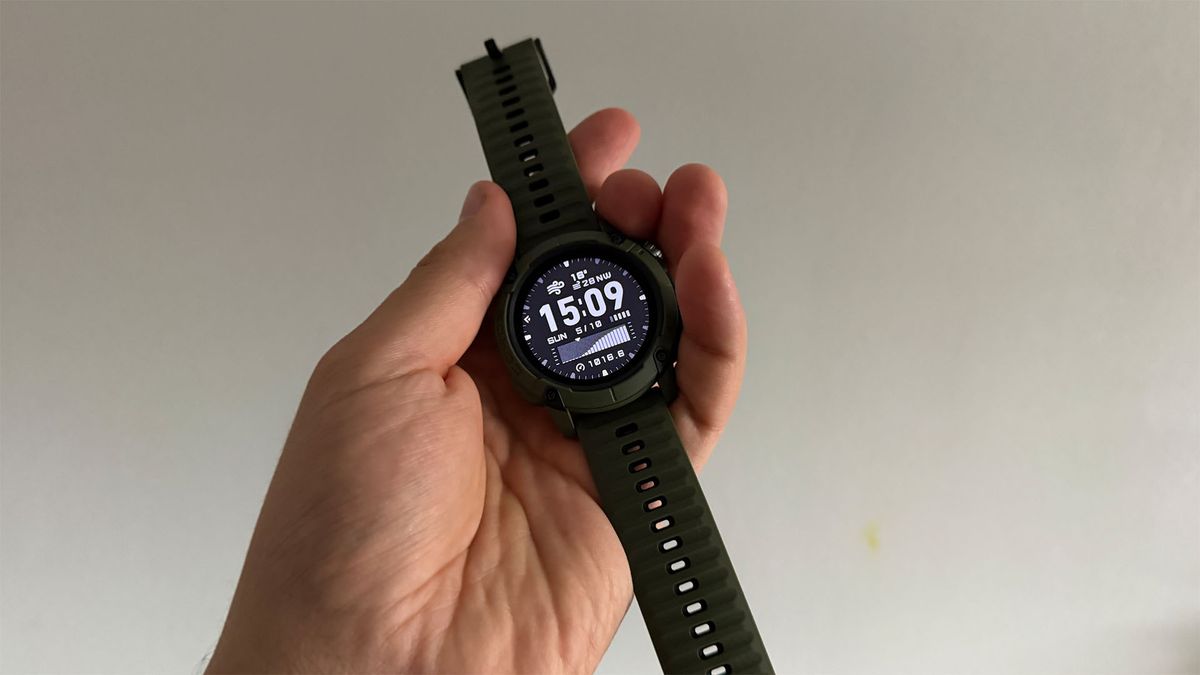Windows 10 is so popular that Windows 11 only overtook it in terms of usage just a few months ago. That’s why I’m surprised that Microsoft is still, kind of, going ahead with its end of support cutoff today.
At one point last year, I wasn’t sure if Microsoft was actually going to end support for Windows 10 on time. The software giant randomly reopened Windows 10 beta testing to add new features and improvements to a 10-year-old operating system, giving millions of users hope that the company would change its mind or at least lower the system requirements for Windows 11. Neither of those things is happening, though.
Microsoft is ending support for Windows 10 today, after originally releasing the OS on July 29th, 2015. The cutoff means Microsoft will no longer provide software updates from Windows Update, technical assistance, or security fixes for Windows 10. It’s a milestone moment for millions of users who can’t upgrade, businesses that don’t want to, and a company that’s increasingly looking at overhauling Windows with AI features.
I say Microsoft is kind of ending Windows 10 support today because consumers will be able to enable extended security updates for free (with a catch for most) to get another year’s worth of security fixes. Only businesses have been able to do this in the past, and it’s a clear admission from Microsoft that Windows 10 is simply too popular among consumers to be left without security patches.
Around 40 percent of Windows users are running Windows 10 right now, according to StatCounter. While a large part of that 40 percent will be businesses that can pay for up to three years of extra support, Valve says around 30 percent of all PC gamers are also still using Windows 10. That’s not too different from when 33 percent of all Steam PC gamers were still using Windows 7 after Microsoft ended support for that OS in January 2020.
The big difference this time around is that many Windows 10 users aren’t simply being stubborn about upgrading, they literally can’t. Microsoft tightened its hardware requirements for Windows 11, leaving behind millions of PCs that were sold during the launch of Windows 10 a decade ago. Windows 11 requires Intel 8th Gen Coffee Lake or Zen 2 CPUs and a Trusted Platform Module (TPM), two controversial system requirements that Microsoft has refused to lower (apart from some rare exceptions).
I fully expect millions of consumers to stick with Windows 10 as a result and wait until their machines are old enough to need upgrading. That’s probably why Microsoft opened up extended security updates for Windows 10 to consumers for the first time, although it’s only limited to a year for now and could quickly necessitate the purchase of extra OneDrive storage for Windows Backup for users outside of Europe. I wouldn’t be surprised if Microsoft sees a large number of users still on Windows 10 next year and decides to extend this program again. Businesses can buy up to three years of security updates, after all.
Another reason for Windows 10’s stickiness is the spectre of Windows 12 (or whatever the next release will be), which could easily drop during that three-year period of extended support. Why upgrade now when Microsoft’s next OS could present users with all-new features that require even more hardware, like an NPU?
Windows 10 was also considered a quality release of Windows, following a pattern of every other version of Windows being the one to upgrade to. People skipped Windows 8, Vista, and ME, but Windows 10, Windows 7, and Windows XP were hugely popular. It helped that Windows 10 corrected a lot of Windows 8’s wrongs, and it was built from the feedback of Windows users.
Windows 11 hasn’t felt like a version of Windows you really needed to skip, but it still has its fair share of controversies. Hardware requirements aside, Microsoft’s decision to try to force people to use Edge and Bing in Windows 11 has also put people off upgrading. Microsoft has also been trying to upsell OneDrive, Office, and Xbox Game Pass with ads in Windows 11 and aggressively cracking down on people trying to avoid having to use a Microsoft account.
Microsoft has pushed ahead with integrating AI into Windows 11, too, especially with its Copilot Plus PCs. AI is promising, but it’s not yet proven to be a must-have addition, especially at the OS level. Recall, a feature that screenshots almost everything you do on a Copilot Plus PC, eventually launched this year after delays to address security concerns. The focus on AI features has cast an uncertain shadow on Windows 11, at a time when consumers are considering whether to purchase new hardware or try to make Windows 10 last for as long as possible.
I’m not opposed to AI-powered features in Windows, but only when they’re actually useful. Improving Windows search with AI that helps me find files in seconds is great, but allowing me to generate AI slop in Paint doesn’t feel nearly as useful. Likewise, Copilot Vision and Recall feel more like privacy concerns than things I’d want to enable and use daily.
Now that Windows 10 support is winding down, I hope that Microsoft is thinking carefully about where Windows goes next. The effort to convince Windows users to talk to their computers with Copilot feels reminiscent of the failures of Cortana, and shoving a Copilot button everywhere is more annoying than helpful right now.
As Microsoft looks ahead to Windows 12, or whatever is next, I hope that Windows 10 is a reminder of what a good release of Windows looks like. It proved that when Microsoft listens to Windows users and gets the basics right, the end result is still incredibly popular even a decade later.
- Microsoft AI announces its first image generator created in-house. MAI-Image-1 is Microsoft AI’s first text-to-image generation that’s been designed and developed in-house. It joins the MAI-Voice-1 and MAI-1-preview models that were also developed by Microsoft AI. While we can’t yet test MAI-Image-1, it has already secured a top spot in the top 10 of the LMArena AI benchmark site.
- Copilot on Windows can now create Office documents and connect to Gmail. Microsoft is rolling out a new update for the Copilot Windows app that lets you create documents from a chat session and connect to Outlook or Gmail accounts. You can now create Word documents, Excel spreadsheets, PowerPoint presentations, and PDFs all from the Copilot chat interface. You can also link Copilot to your Outlook or Gmail accounts to allow the AI chatbot to find documents or emails.
- Windows 11 finally gets a dark mode Run prompt. Big news if you’re a dark mode fan like me because Microsoft is finally giving the Run prompt in Windows 11 a dark mode. It’s part of a series of improvements to the dark mode in Windows 11, and it will hopefully make it all feel a lot more consistent once Microsoft is done updating the UI.
- You can now buy Microsoft’s Windows XP Crocs for $79.95. I first heard about the limited edition Windows XP-themed Crocs in August, when Microsoft was selling them to employees as part of a 50th anniversary celebration. Now, Microsoft is selling them directly to consumers for $79.95. The Crocs feature the iconic blue sky and clouds from the Windows XP wallpaper, as well as Internet Explorer and Clippy shoe charms. There’s even a Windows XP-themed drawstring backpack in the $79.95 purchase, if you’re feeling particularly nerdy.
- Former UK Prime Minister takes Microsoft role. Rishi Sunak, the former Prime Minister for the UK, has taken on a “senior adviser” role at Microsoft and Anthropic. His role doesn’t appear to be as involved as when Nick Clegg, the former deputy prime minister, became the president of global affairs at Meta, but Sunak will still be delivering “high-level strategic perspectives on macro-economic and geopolitical trends.”
- Another Microsoft employee quits in protest. The No Azure for Apartheid group was at Microsoft’s campus again last week, protesting against the company’s continued contracts with the Israeli government after it blocked some cloud and AI services. Scott Sutfin-Glowski, a 13-year Azure software engineer, also sent a resignation email to thousands of Microsoft employees. “I can no longer accept enabling what may be the worst atrocities of our time,” said Sutfin-Glowski. Protesters also unfurled two banners at Building 6 on Microsoft’s campus on Thursday.
- OneDrive is getting a new Windows app and an AI photo agent. Microsoft is planning to release an overhauled OneDrive app for Windows next year. The app will include a new photo gallery, people view, AI-powered slideshows, and editing features. Microsoft is also adding a new Photos Agent to OneDrive that uses AI to find and organize your photos, as well as AI-powered mobile editing tools.
- Former Vercel AI chief joins Microsoft as SVP of GitHub. Microsoft has hired Jared Palmer, the former VP of AI at Vercel, as its VP of CoreAI and SVP of GitHub. Palmer says he’ll be “focused on building the best possible developer experience across GitHub, VS Code, Copilot, and Azure Foundry together with the community.” The hire comes just a week after Microsoft announced it’s moving GitHub over to Azure servers over the next two years.
- OneNote for Windows 10 is also ending today. The touch-friendly version of OneNote is reaching end of life today, alongside Windows 10. If you’re still using this version instead of the new OneNote for Windows app, you’ll need to sync your notes and then use the migration tool in the app to move over to the newest version of OneNote. After today, OneNote for Windows 10 will become read-only, so you’ll only be able to view notes and not edit or sync them.
- Microsoft faces a class-action lawsuit over its OpenAI deal. A new lawsuit from a bunch of consumers claims Microsoft illegally increased its prices for generative AI thanks to a secret agreement with OpenAI. The proposed class action has been filed in a San Francisco federal court and alleges that Microsoft’s deal with OpenAI violated federal antitrust laws by restraining market competition. The lawsuit hasn’t been granted class-action status yet.
- Word on iOS now supports Liquid Glass. Microsoft is updating its Office apps for iOS to support Liquid Glass on iOS 26, iPadOS 26, and visionOS 26. There’s also a new home UI on Word, and the new Word icon is rolling out. Microsoft is also updating Excel, PowerPoint, OneNote, Teams, and OneDrive with its new Microsoft 365 app icons on iOS.
I’m always keen to hear from readers, so please drop a comment here, or you can reach me at [email protected] if you want to discuss anything else. If you’ve heard about any of Microsoft’s secret projects, you can reach me via email at [email protected] or speak to me confidentially on the Signal messaging app, where I’m tomwarren.01. I’m also tomwarren on Telegram, if you’d prefer to chat there.
Thanks for subscribing to Notepad.
Follow topics and authors from this story to see more like this in your personalized homepage feed and to receive email updates.

 2 months ago
47
2 months ago
47








 English (US) ·
English (US) ·